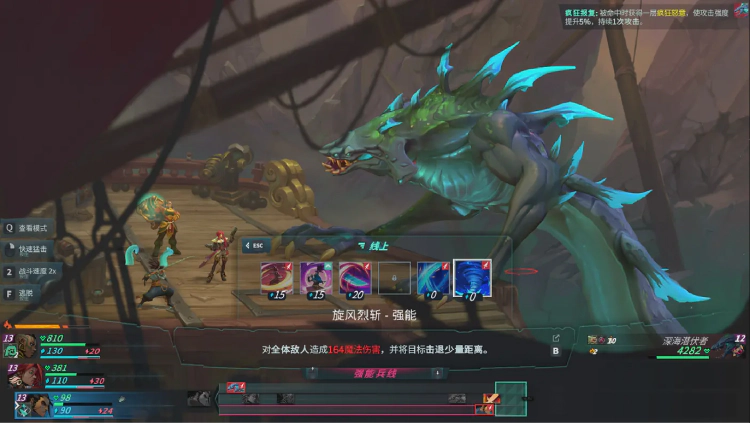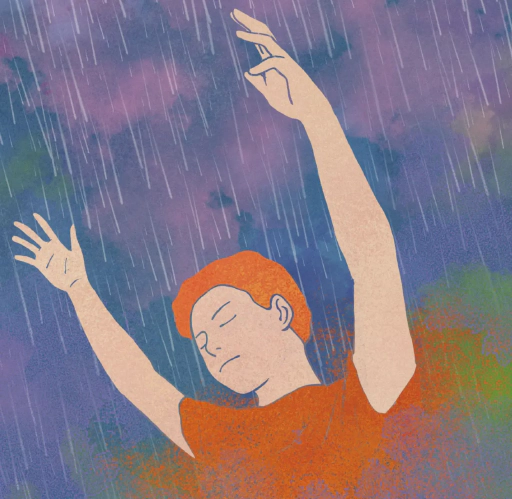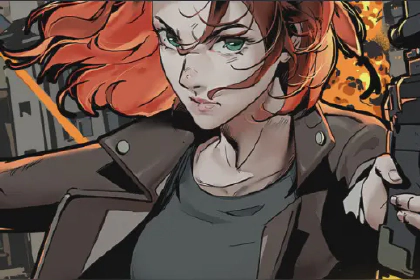
Ruined King Analysis and Improvement Scenarios
Author:Light Sentinel Ziming Wang
Contents
1. Game Overview
Players control the positioning of different characters, through strategy, with the decision to defeat the enemy’s conventional turn-based RPG game.
2. Highlights Design
2.1 Worldview
2.1.1 League of Legends Universe
The worldview is taken from the League of Legends universe, and all the heroes appear from the League of Legends, but there is no threshold for the game’s plot, and new players who do not understand it can quickly understand the character motivations: Gangplank killed MissFortune’s family as a motive for MissFortune’s revenge, Braum embarked on a journey to find herbs to help the children who had no medicine, Russian Lloyd followed the guidance of the goddess, and Yasuo kept his promise to get rid of the shadow of killing his brother. All the heroes' motives are plausible. (at least on the surface they all seem to be)
The character image is also shaped remarkably: MissFortune, who has been implementing the iron-fisted regime, will also rush forward to take care of her first mate with a trembling native voice when she sees him seriously injured by the black mist (and on other occasions, including when communicating with old comrades like Russian Lloyd, she has also been deliberately pulling down her voice and tone of voice as tough as a man); Braum is still a brainless fool, but when her partner is in crisis Will come forward; Russian Lloyd as the goddess of the true, she faced the incomprehensible goddess decision when the incomprehension, whether her heart has wavered on their faith, as a player I think there is, in the journey, is the guidance of the goddess, the elders' teachings, the help of partners to make her firm their faith, the tone of voice firmer and firmer, to defend their homes.Text and voiceover that match the character’s personality are the keys to great character building.。
2.1.2 Birgewater Extension
The game’s Bilgewater scene is a very elaborate layout: the sea, ships, pirates. The most common thing in the map scene is the imported products such as ceramics and silk. Everywhere you look, houses, stairs, and ships are wooden products. Unlike Piltwolf’s Hex high-tech, Birgitwater does not have high-tech products and weapons, so the game’s teleportation points are packaged as ordinary hot air balloons, these small details make people can not help but praise the first-class level of first art, and plot designers.
2.2 Character Skills
The game restores as much as possible the positioning, skills, and mechanics of each hero in the MOBA. This part of the processing is not as stunning as the design of LOR (League of Legends card game), but it is also very good - to do in turn-based games, which are more difficult.
3. Improvement Scenarios
3.1 Attribute “Speedy”
Briefly, the speedy is the role of the turn speed, to give a better understanding of the example: if the character A sprint is 1 (m / s), then running through a circle (referring to A to his next action) takes 100s; B if the sprint is 2, then run through a circle takes the 50s.
The above is just an example, of course not in the game, but the mechanism is very similar: the higher the character’s speed, the faster the action round will come. However, there are very few ways to source speed bonuses in this game, leading to a blocked strategic way to create favorable battles with the speed advantage.Onmyoji in this regard is very good, the speed of the high and low clearly distinguish the positioning of each god, and the source of the speed attribute is divided into the god’s body attributes + soul, players can try to improve the speed of the output type god, to get the first hand in the battle, to seize the advantage; can also be the speed of the auxiliary type god deliberately put low, for the next round of the beginning of the debuff to prepare to prevent the opponent to purify the debuff.
Fast, Balanced, and Strong Soldier Lines and Buff Zones
I can understand what the designers were thinking when they designed it: how do I make a turn-based combat strategy? If the character is going to release a powerful skill, then let him choose his speed of release; the faster the speed, the lower the intensity. Putting the choice in the hands of the players encourages them to take the length of the line and put the character in a buffed area at the start of the next turn to boost combat abilities.
But the question is, how does the player know that if I choose one of the three soldier lines this turn, what will my enemy choose? If they also choose to release their skills so that their progress happens to be ahead of mine and they also enter the buff area, wouldn’t it be more cost-effective for me to punt immediately at the beginning? Or, what do I do if my enemy’s passive skill has a damage reduction effect on a certain troop line and I can’t eat the buff zone without using that line, or if I use another troop line I will eat the debuff zone?
Unfortunately, in the current game interface, players cannot see the location of the buff area for the next turn, nor can they see information about enemy behavior.

3.3 Taunt, Move Progression, and Enemy Behavior
Each character in the battle has an exclusive move, and the move needs to rely on the character’s actions to accumulate move energy. When the energy of the move is full, any character can use the move (the move is the same as the general attack is smooth).
The problem is not in the mechanics of using the move, but in the accumulation of the movement’s energy: the tank hero can release a smooth taunt skill every turn, taunting a unit to attack himself. When the character taunts, he gets an extra chance to act, and when thecharacter acts again, the energy of the move will increase again. This leads to two tank heroes, and both taunt + extra action, the move energy accumulation speed is very fast, and the player can rely on frequent use of the move to crush the enemy.
In addition to the outrageous design mentioned above, the enemy’s behavior is not interrupted by the character’s taunt skill,, which means that if the character taunts an enemy, but that enemy’s behavior is to release an AOE skill, the character will still release the AOE skill.
3.4 Equipment Values, Characteristics, and Enchantment System
The problem of equipment, equipment values, equipment characteristics, and enchantment system comes from the three core pathologies mentioned above. Because the turn-based system is not strategic enough, and to do the game’s difficult distinction,resulting in equipment was forced to draw a grade distinction, high-grade equipment brainless than low grade good, high-quality equipment brainless than low quality good. After the equipment is obtained is compared with the current equipment, good then put on, bad then thrown in the warehouse.
The design of the characteristics of the equipment is also very speechless: the armor characteristics of the tank are defense and anti-damage, the output of the weapon characteristics is the probability of bleeding probability ignition, while the runes with debuff with the design of the tank’s body. But the tank because of two actions plus more energy to be bolted on the smooth skills, can not effectively play with the equipment to influence the battle strategy of the seeds nipped in the bud.
3.5 Dungeon Skills, Scenes, and Level Design
When the system tells players that they can gain an advantage when releasing dungeon skills to start a battle with the enemy, then the pre-battle strategy of using dungeon skills as a trigger to start a battle should be known to players. However, there is no major difference between the dungeon skills of different heroes, just multiple tentacles, multiple points of damage, and slowing down the enemy’s action (not obvious). And I don’t know how to choose my dungeon skill is the optimal solution until I know what abilities the enemy has. So as a player, I pose badly, as long as my openings are with dungeon skills openings I just do not lose.
Dungeon skills should be used more for scene interaction, and level decryption, rather than a brainless war fuse, but in this regard, the designer and the scene art staff did not work well together, resulting in the system seeming very poor.
3.6 Combat System Adjustment
Progress bar display content adjustment: from the current display fixed length, to display the progress bar length of the skill furthest to the strongest soldier line among all skills. And mark the cut-off line for each turn. Action order of each character. (dynamic numeric display)
Speedy property adjustment: adjust the speed base value of each hero, making the tank faster than the output, and adjust the speed bonus value of the output hero’s equipment.
Combat information display: at the beginning of each round automatically mark the enemy’s upcoming actions, clear actions are displayed with a specific picture, and unclear skills are displayed with a question mark.
Monster behavior can be interrupted: can be interrupted by taunts, new hegemony mechanism, allowing monsters not to be interrupted by taunts.
Stroke energy acquisition: according to the skills used to independently calculate the value of stroke energy acquisition, multiple actions in the same round do not give additional stroke energy.
3.7 Out-of-bureau adjustments
Increase the interaction between dungeon skills and scenes (Braum smashing open the broken wall is a very good design): MissFortune with guns to open the organs behind the waterfall, compression with Yasuo’s wind to sweep away the spider web, Russian Lloyd with tentacles to pull out the black fog area will be a very good experience.





